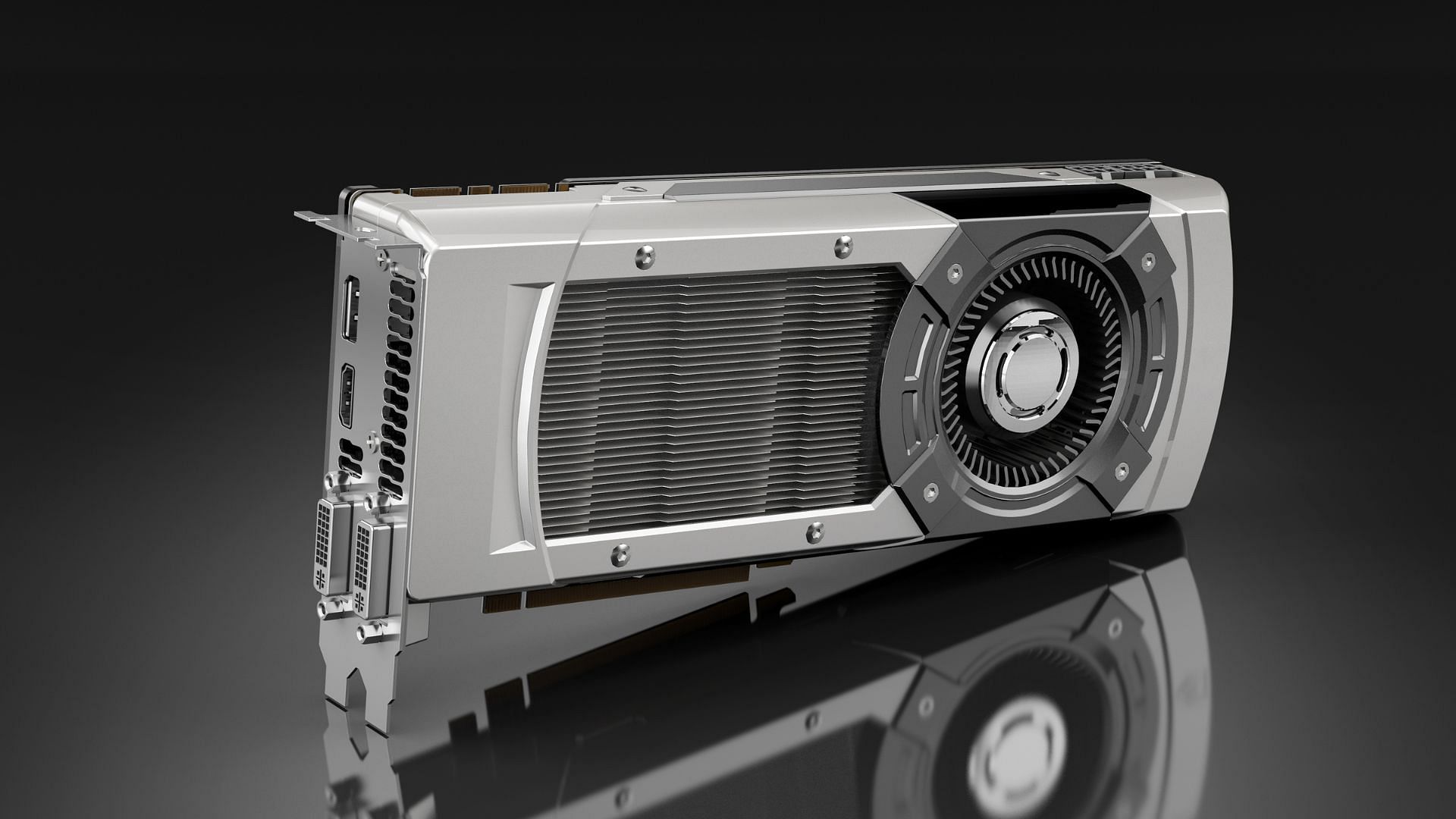Graphics cards come in different form factors, including blower-style GPUs and open-air versions. Although the latter is far more popular these days, some AIB manufacturers continue to sell blower-style variants for different video cards.
While blower-style GPUs look as good as open-air designs, at least on paper, there are a few key points that users should be aware of before spending their money on one. The chief question among these is the reason behind the rapid decrease in blower-style GPUs' popularity.
Both open-air and blower-style graphics cards have their own pros and cons. No one can particularly credit either of these form factors for being better than the other. However, modern PC hardware favors open-air GPUs over the blower-style variants, which has led to the mass adoption of multi-fan designs.
Note: This article is subjective and reflects the writer's opinions.
Blower-style GPUs serve a specific purpose

Blower-style GPUs have a single fan at the edge of the card, which draws air into the heatsink. This air is then used for thermal dissipation and is rejected through a grille in the I/O section at the rear.
Every modern-day graphics card requires a constant flow of air for the purpose of heat dissipation. Subsequently, the GPU's fans never stop spinning and the card will practically never hit an acoustic level of 0 dB, unlike in open-air versions.
Under heavy load, coolant requirements increase. This makes the card's fans have to spin at a higher RPM to ensure sufficient cooling, which results in bad acoustics. Several users have reported that this particular system can be rather loud under full load.

Open-air GPUs do not face this issue. After air is used as a coolant, it is rejected through the sides into the case. In this situation, the graphics card relies on the case's design to get rid of the hot air.
If the case has minimal airflow capacity, open-air GPUs cannot function properly. The problem was tackled by the use of blower-style graphics cards. However, in recent years, computer cases have evolved significantly and most designs these days are focused on maximizing airflow. Because of this, blower-style video cards lose their advantage.
In fact, both Nvidia and AMD have moved to open-air designs with the reference editions of their latest Geforce RTX 30 series and Radeon RX 6000 series of video cards.
Since open-air variants are able to dissipate heat passively through heatsinks, fans can stop working while the GPU is idle. Therefore, the card makes practically no noise and the fans consume no power. Furthermore, having multiple fans on these GPUs ensures that each of them spin at a much lower RPM, resulting in better acoustic levels.
Conclusion
Based on the above information, blower-style GPUs are only suited for computer systems that have nominal to no airflow at all. Blower-style video cards still get the job of cooling the GPU done efficiently, albeit at a higher acoustic level. Thus, users can choose between these designs to fit systems that have an airflow problem.
However, if the computer case has good airflow, users should just opt for an open-air video card. These GPUs are much quieter and more efficient in comparison to blower-style designs.

